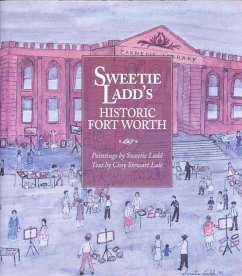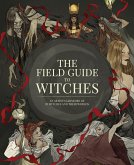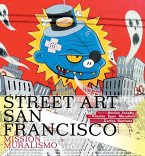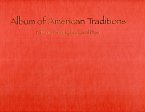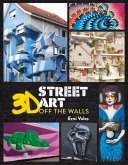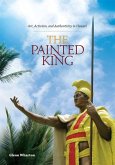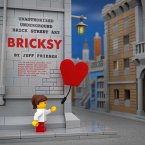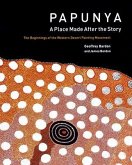Sweetie Ladd was Fort Worth's own "Grandma" Moses, a folk artist who captured the city's history in watercolor and lithograph. In her sixties when she began painting, Ladd once told a fellow artist she didn't know how she achieved her distinctive style. "Just paint poorly, dear," she advised. In truth, she had attended painting workshops in Paris, Spain, and Mexico and studied under Fort Worth artist Bror Utter. After she took a class on perspective, her teacher advised her to discontinue formal training and paint what came naturally. Sweetie Ladd's Historic Fort Worth presents twenty-eight paintings from the Landmark Series, paintings of historic Fort Worth structures, many of which no longer stand today: the T&P Station, Lake Como Pavilion, the Nine-Mile Bridge Casino, the Worth Hotel, the lobby of the Majestic Theater, Goat Island, and the Lake Erie Interurban. The book also contains the "Cries of Fort Worth" series based on Wheatley's "Cries of London." These ten paintings portray such old-time peddlars as the ice man, the scissor man, the bottleman, and the tamale seller. Ladd didn't simply draw the buildings or landmarks. She put them in an action setting. "The Day Fort Worth Burned" shows several young children watching the flames from a field. Two of the children are Sweetie Ladd and her sister, who were in that very field that day. Two young boys also watching could have been the Monnig brothers, Otto and Oscar. She remembered they were there that day. Other pictures include names longtime Fort Worth residents will find familiar: the horse-drawn Ballard Ice Cream Truck passes in front of the Scott home, now known as Thistle Hill; Mrs. Baird's Bread is the sign on a horse-drawn carriage in "The Breadman"; a Stripling's delivery cart is in front of the J. E. Moore home (now part of the Woman's Club); a horse-drawn funeral procession passes in front of the old Washer Brothers building; and Fuqua's Grocery sits next to Anderson Drugs in "Extra--Extra," one of the "Cries" series in which a young boy passes out the Fort Worth Star-Telegram . Sweetie Ladd's paintings were shown at the Woman's Club of Fort Worth and accepted in juried shows of the University of Texas at Arlington, the Fort Worth Art Museum, and the Texas Fine Arts Association. These historical paintings are now owned by the Fort Worth Public Library and have been reproduced with their cooperation. Cissy Stewart Lale's text elucidates each painting, explaining details and their historical significance. The book begins with brief essays on Mrs. Ladd and Fort Worth history.
Bitte wählen Sie Ihr Anliegen aus.
Rechnungen
Retourenschein anfordern
Bestellstatus
Storno

